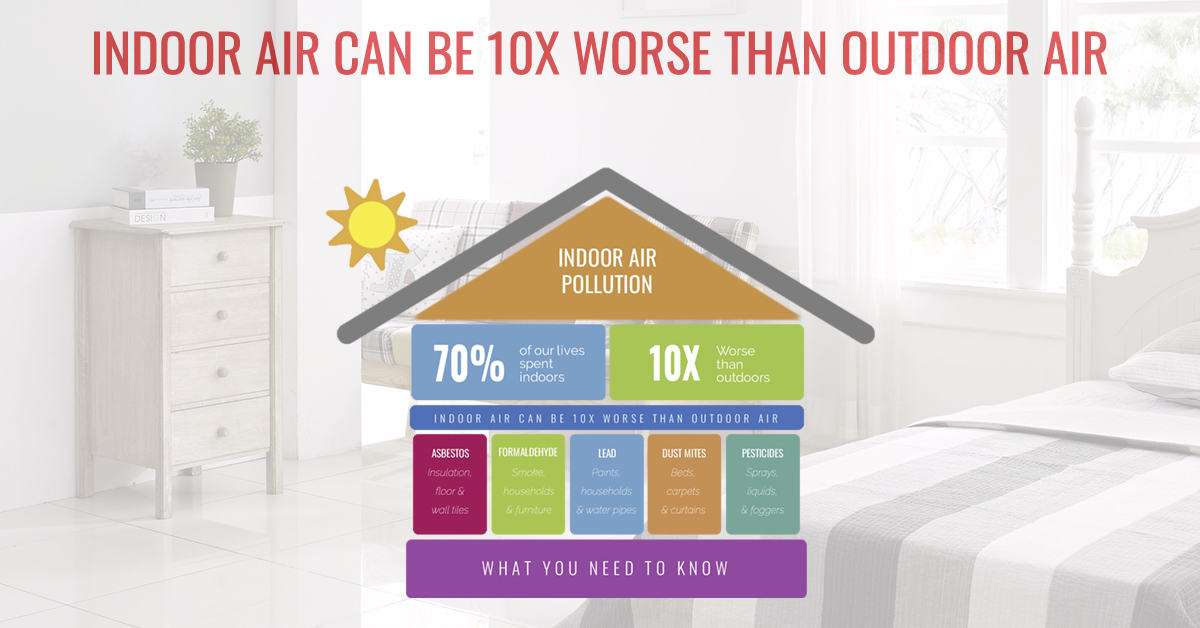
The structure of most households has changed over time. Gardens, spacious verandas, courtyards, high ceilings, big windows & ventilators have become quite outmoded. We now breathe polluted stagnant air for longer periods & consequently get affected with runny nose, eye irritation, throat irritation, headache, dizziness & fatigue. Children are most vulnerable to air pollutants as they have higher resting metabolic rate & higher oxygen consumption.
It is little peculiar, but true that indoor air pollution can be up to 10 times worse than outdoor air pollution. Who are the main culprits? There are plenty. Paints on walls release formaldehyde, benzene; polishes on wooden furniture too carry chemicals injurious for health; household chemicals like aerosol spray products, air fresheners, detergents, dishwashing soaps & other fragrant cleaning products. They release chemicals like volatile organic compounds causing ill effects on health. Some of them like methylene chloride & benzene are even carcinogenic.
The effects of such pollutants on us?
- Asbestos: Present in damaged & deteriorated insulation, floor & wall tiles. Micro fibres of asbestos suspended in air for long cause major breathing problems & cancer.
- Formaldehyde: Found in smoke, households & furniture. It’s a colourless & flammable gas with distinct odour – a known human carcinogen. It can cause headache, runny nose, nausea, breathing difficulty & asthma.
- Lead: A toxic metal in household products like paint & water pipes. It can harm human organs & cause seizures, paralysis, anaemia, abdominal pain.
- Dust Mites: Microscopic pests triggering allergic reactions & asthma. They live in bedding, mattresses, carpets or curtains. Symptoms of dust mite allergy are runny nose, watery eyes, cough, congestion & sneezing.
- Pesticides: Found in household sprays, liquids & foggers. They can cause headaches, dizziness, weakness, tingling sensations & nausea.
There are easy ways to stay safe: rooms must be kept clean & free from clutter, food leftovers & any unused material; warm water, baking soda or solution of water & vinegar can be a good option for cleaning purposes; keeping doors & windows open will allow cross ventilation; reducing use of air fresheners & household chemical laden products. Indoor plants can clean air: snake plant filters formaldehyde; spider plant absorbs benzene, formaldehyde, carbon monoxide & xylene; aloe vera filters formaldehyde & benzene; rubber plant removes formaldehyde.





